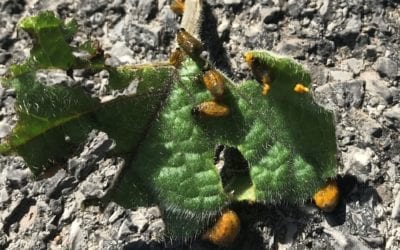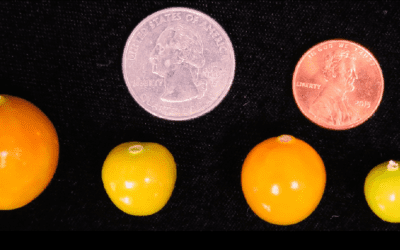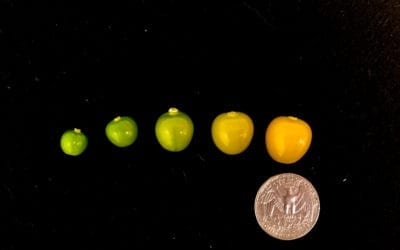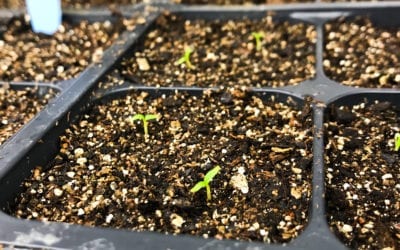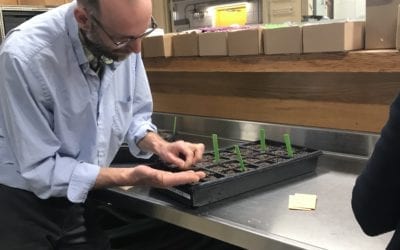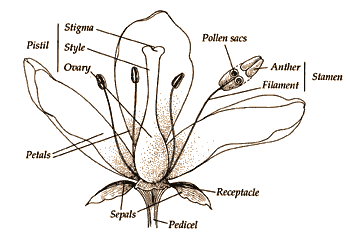The Physalis Project Blog
Project Update: Physalis Pest Alert!
Hello Physalis Growers, It has come to our attention that the insect known as three-lined potato beetle (Lema daturaphila) has been infesting Physalis plants this season (pictured below). They are known to prefer Physalis over potato. According to the University of...
Biology Minute: Differentiating Between Groundcherry and Goldenberry
In the earliest stages of growth, groundcherries and goldenberries appear quite similar, however as they develop the difference between them becomes apparent. From plant architecture to fruit taste, these two species have differentiated themselves over the course of...
Nutritional Properties of Physalis Fruit
In addition to their unique appearance and sweet taste, groundcherries and goldenberries are considered a healthy fruit. As your fruit start to ripen keep in mind the nutritional profile that is being developed. Some of the nutritional benefits reported in literature...
Physalis Transplanting
On Tuesday of this week we transplanted our Physalis seedlings from market packs to individual 4-inch pots, and moved them from the growth chamber to the greenhouse. They will stay in the greenhouse for the next few weeks until they go to their new homes where they...
Biology Minute: Fruit Ripening
The fruit ripening process is a crucial stage of fruit development, as it results in an edible and more attractive fruit for consumption. Fruits that ripen as a result of a sharp increase in respiration and ethylene production are classified as climacteric fruit, and...
Physalis Fossils
How old is the genus Physalis? Check out the article below to read about tomatillo fossils discovered early last year in Patagonia, Argentina. This discovery marks the earliest findings of the Solanaceae family to date. South American fossil tomatillos show...
Physalis Germination
It’s been 11 days since we planted our Physalis seeds here at BTI, and as of yesterday we are starting to see the first signs of germination. This is right on track as we expect Physalis seeds to take anywhere from 7-14 days to germinate (and maybe even longer!). It...
Biology Minute: The Berry Husk
A distinguishing property of groundcherries and glodenberries is the calyx (or husk) that covers the fruit. The calyx collectively refers to the sepals that surround the flower, that protect the bud and support the petals. As the flower matures into fruit...
Project Update: Seed Sowing
It's been an exciting week here at BTI! On Tuesday, with the help of volunteers, we planted 120 Physalis seeds to kick off the growing season for the first year of this project. The plants grown from these seeds will be distributed to citizen scientist volunteers who...
Biology Minute: A Perfect Flower
The flowers of pruinosa and peruviana are perfect, meaning that they have both male and female reproductive parts. The male parts are the stamens whereas the female part is the carpel. Each flower will contain both of these reproductive organs allowing them to...

